Today we’re excited to have a guest post by award-winning children’s book author Shirin Yim Bridges.
If you’ve never published a children’s book before, then Shirin’s decision tree below will definitely help guide you through the process. Shirin also has a detailed guide on www.goosetracks.me.

If you are wondering how to self-publish a children’s book, here are the decisions, step-by-step:
1. Are you talking about a picture book or a novel? Mostly pictures go to 5. Mostly text, keep reading.
a) Do you want to be your own publisher or hope that this will end in a big-publisher contract?
Self-publishers, go to 2. Would love a traditional contract, keep reading.
b) There are three (main) ways to self-publish a novel or chapter book. You can publish your work as an e-book; you can publish it as a print-on-demand book; and you can publish it as a print book.
c) The most common way of self-publishing an e-book is to do it through Kindle where you basically feed your manuscript into a grinder, fiddle with formatting, and lo and behold, you have an e-book!
d) If you are hoping that the rights to this book will eventually be bought by a traditional publisher, publish your book as an ebook only, as this will leave your print rights “clean.” Publishers much prefer clean.
2. If you are not hoping that a traditional publisher will step in, then all three avenues of self-publishing are open to you.
a) There is no reason not to publish an e-book. It will cost you next to nothing. See 1c) above.
b) Print on demand is a trickier decision. How confident you are that you can sell books? If your book appeals to a specific audience and you know how to reach them, it might be worth investing in a print run instead.
Those who don’t have a pre-defined market, read on. Those who think they have a niche market they can reach, go to 4.
3. If you’re hoping that your book will be discovered by the general market, print on demand can reduce your risk. There’s relatively little investment needed. But there are also some definite risks. This is the part of self-publishing that many authors trip on.
a) First of all, there are a few ways to produce a print on demand book. Some market leaders are CreateSpace, Lightning Source (Ingram Spark), and BookBaby. Which one you choose can affect your ability to sell your books in bookstores. CreateSpace books are not welcome in independent bookstores across America. CreateSpace offers bookstores only a 20% discount vs. the standard 40-46%. Why should bookstores give your book shelf space for less than half the margin?
b) Your retail price is largely determined by the market. Book stores are rarely interested in selling outliers. At this moment, the standard price for a 32-page picture book is around $17, and the standard price for a novel, though it varies by bulk, seems to be hovering around the $14 mark. So, if the retail price ceiling is $14, and you sell it to the retailer at a 45% discount, that means you get $7.56 for the book. If you’re paying $7-8 to print the book, which is what it’ll cost you through many of these book producers…well, you do the math.
c) Print on demand has its role. It’s an effective way of making print books available through the online market. But be sure you know its limitations if you’d like to be sold in bookstores.
4. If you are reasonably confident of a certain number of sales, a small print run might be the better option for you.
a) Digitally printed books can now be indiscernible from traditional offset printing. The big advantage of digital is that you can print small runs.
b) The cost per book has also dropped, so there is enough margin left to make selling through bookstores feasible.
c) But taking delivery of a print run means more work for you, including housing and shipping your books.
Whichever publishing option(s) you take, remember that your cover is a great influencer of book sales. See 6 below. Now you have your novel in hand, go to 8 below.
5. If you’re self-publishing a picture book, the journey is a little more complicated. First, you have to find an illustrator.
a) In the children’s book publishing industry, illustrators are usually professionals— very expensive professionals. So how do you find someone that you can afford? Try networking. Try your local art schools and colleges. Look at the portfolios posted on the Society of Children’s Book Writers and Illustrators (SCBWI) website. Websites like BiblioCrunch which provide a one-stop shop for all the services a self-publisher could need might also turn up the perfect illustrator.
6. In addition to an illustrator, you really need a book designer. Book design is crucial when it comes to picture books.
a) You can hire a designer as part of a larger book production arrangement, or you can hire a freelance book designer. BiblioCrunch is a good place to start looking for professional freelancers of many capabilities who can help you publish your book.
b) Be wary that it is easy to underestimate the importance of good book design. Seek a professional opinion.
7. Once your book is designed and illustrated, you’ll be ready for publication. You can publish your work as an e-book; you can publish it as a print-on-demand book; and you can publish it as a print book.
a) E-books have only recently become a viable alternative for picture books. Conversion services now abound and are very reasonably priced. Some, like BookBaby come with distribution to multiple platforms and purported marketing services.
If you’re looking for a truly do-it-yourself e-book option, look into Apple’s iBook Author. Apple provides this software for free, and if you can use anything as complex as PowerPoint, you should be able to navigate this program effectively.
b) Print on demand picture books are now possible. But be warned: if you’re hoping to sell in bookstores, the numbers are stacked against you. See 3 above.
c) The best but unfortunately most expensive way to make a picture book is to use high quality offset printing. If you’re ordering anything over 1,000 copies, offset printing in Asia is, in my opinion, the best option.
But if you don’t think you’d ever need 1,000 copies, you can look into digital printing here in the U.S. The quality of the digital presses has improved to such an extent that this is now a viable option, even for highly graphic projects like picture books. See 4 above.
8. So now you have your book in hand what next?
Now the hard work begins. Now you have to figure out how to get your audience to see and want your book. This is a huge challenge with e-books, where your title competes with the millions of others in store.
With a print book, you can sample—send it to as many reviewers, bloggers, and news outlets as you can; you can go down to your local bookstores and ask them to carry it, and ask them to set up a reading and signing for you; you can take it to fairs and festivals, or set up speaking engagements, and sell them yourself.
Whatever you do, you have to have a thick skin, and you have to be prepared to just enjoy the ride. It’s a long shot, but that’s OK if you take pleasure in the gamble itself.
And of course I’ve omitted a big step. I’ve extended the benefit of the doubt that what you’re about to publish is as strong and competitive as it can be. That mandates that it has been professionally edited. I’m an Ezra Jack Keats Award-winning author, and when I self-publish, I get myself professionally edited.
If you’re looking for an editor, you can find me on BiblioCrunch! And feel free to visit www.goosetracks.me if you’d like to think through this decision tree in greater depth.
Happy writing!
-Shirin Yim Bridges
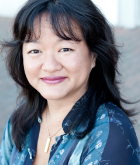

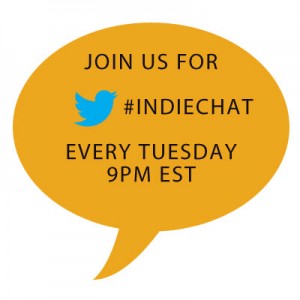
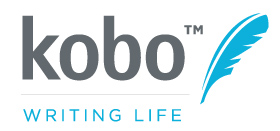
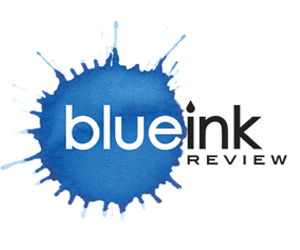
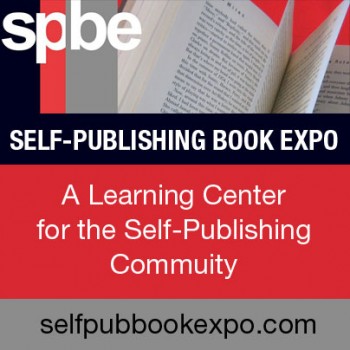
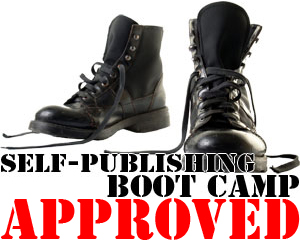
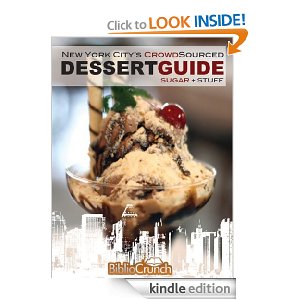
Follow Us!